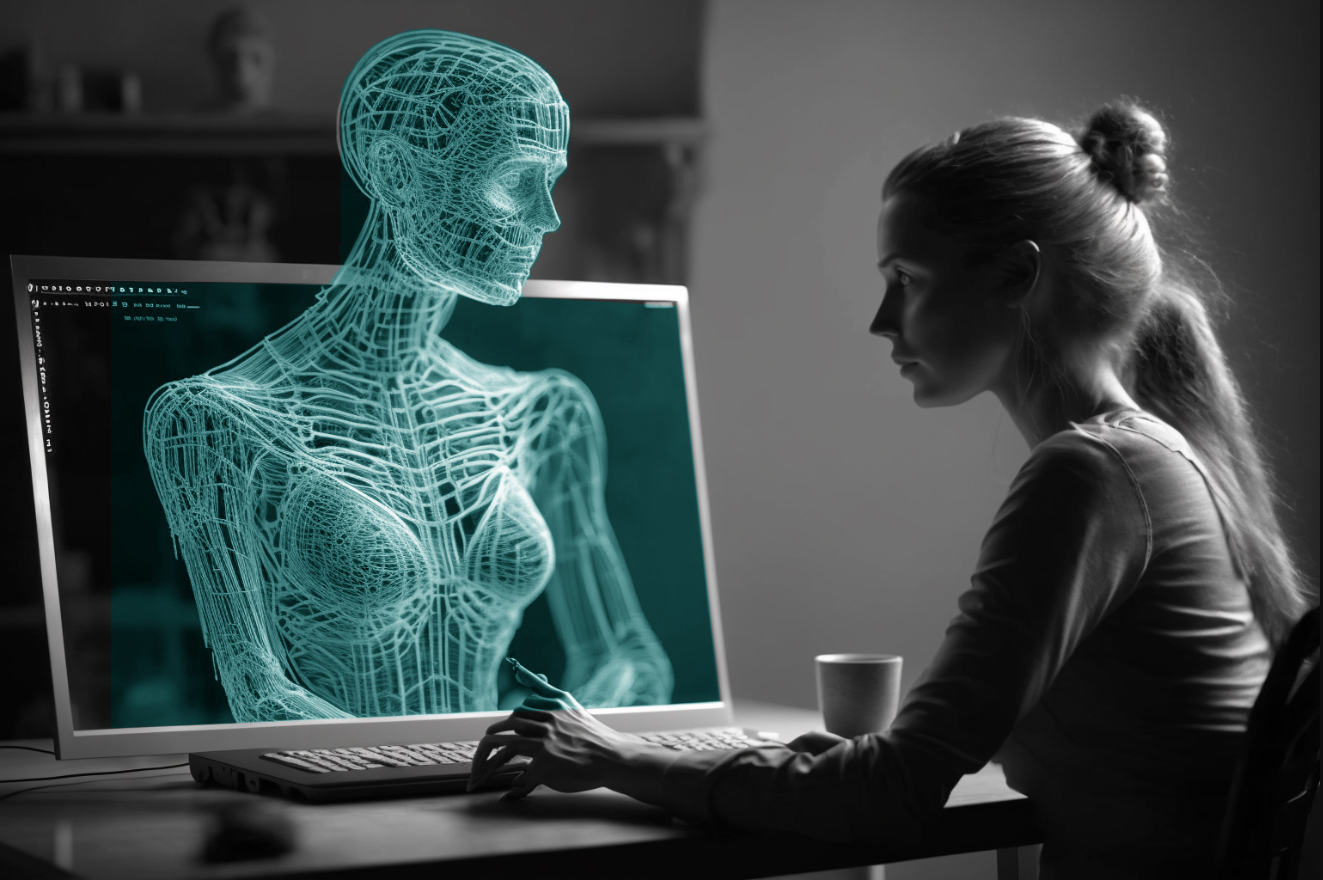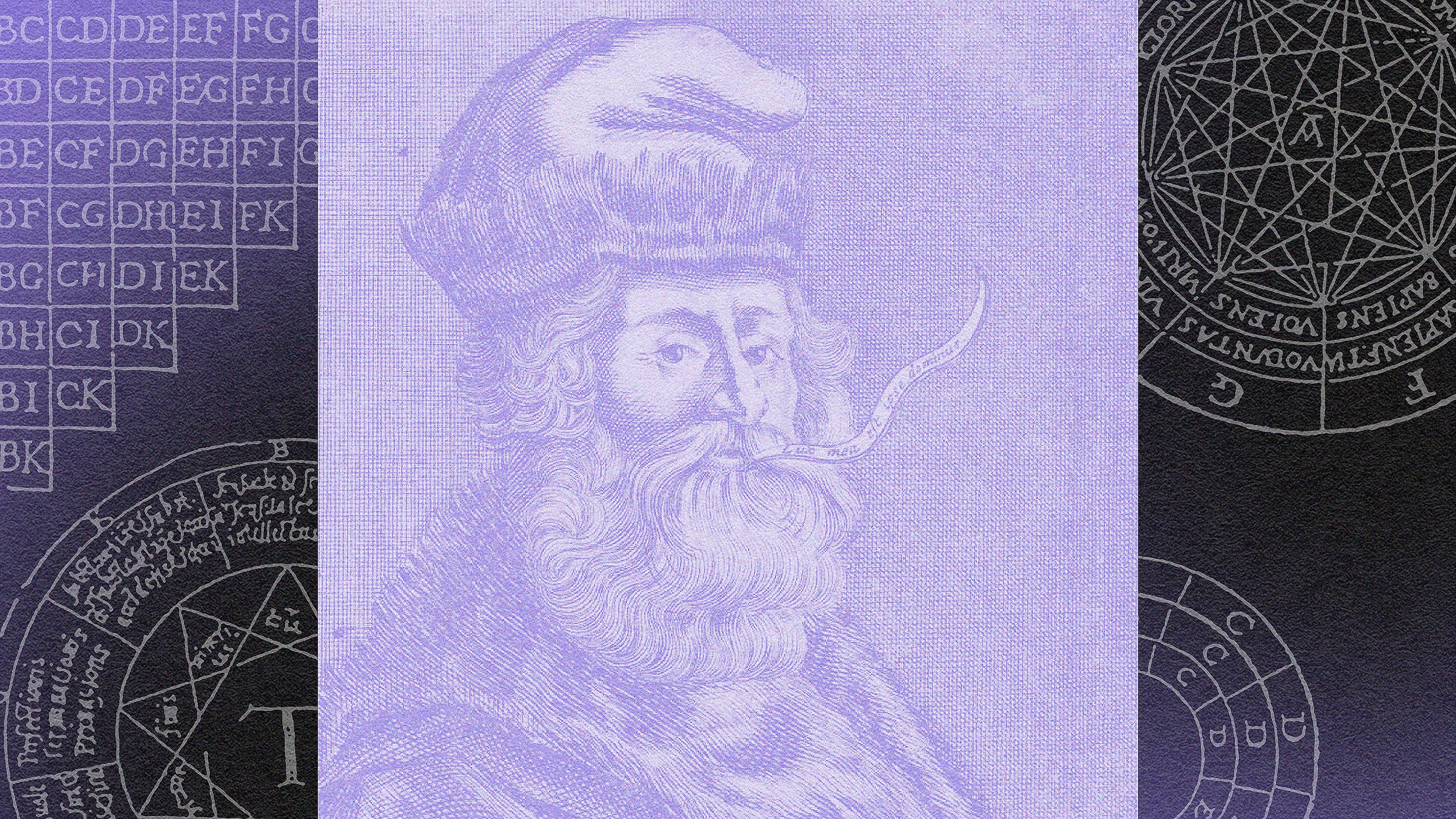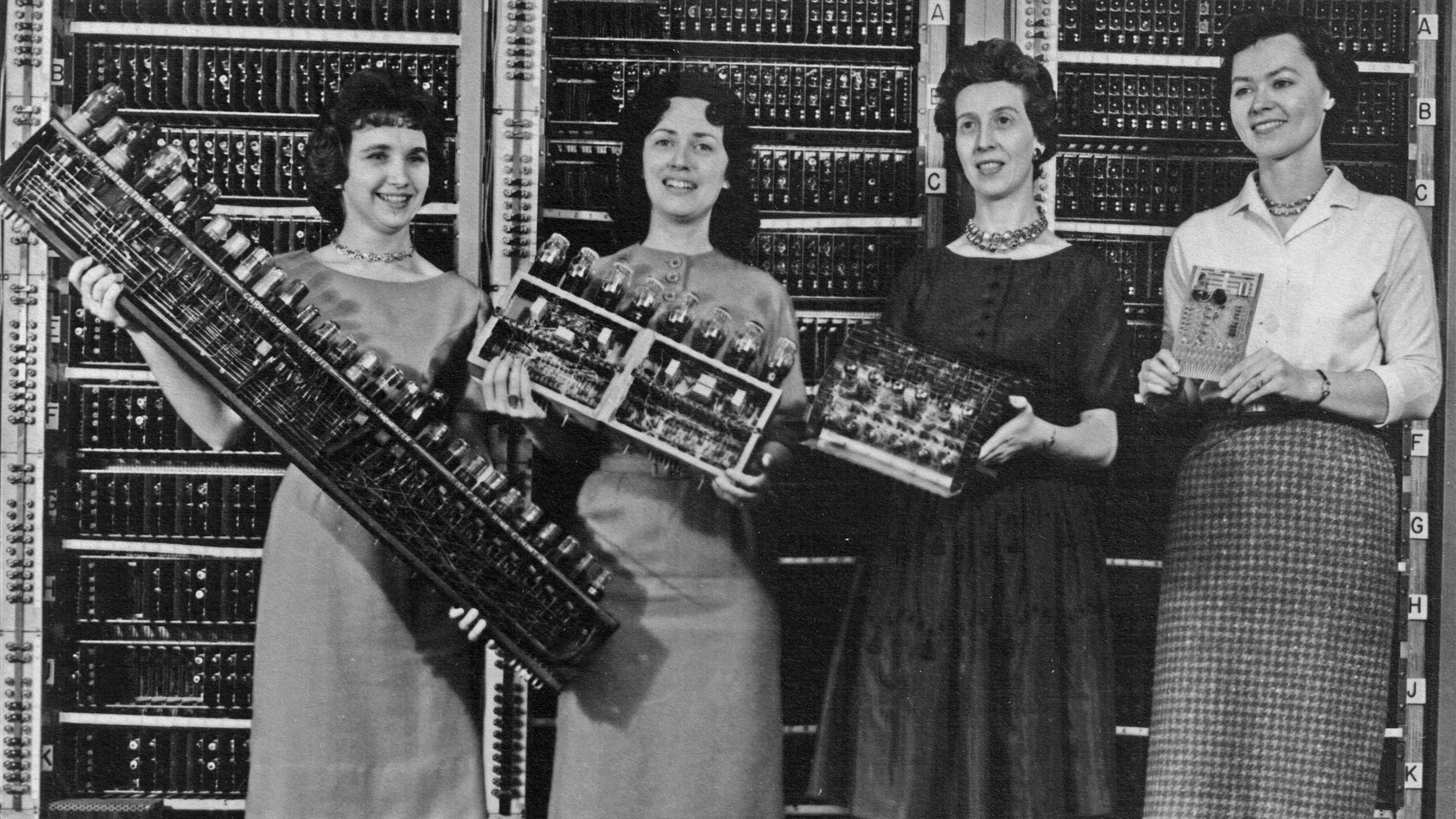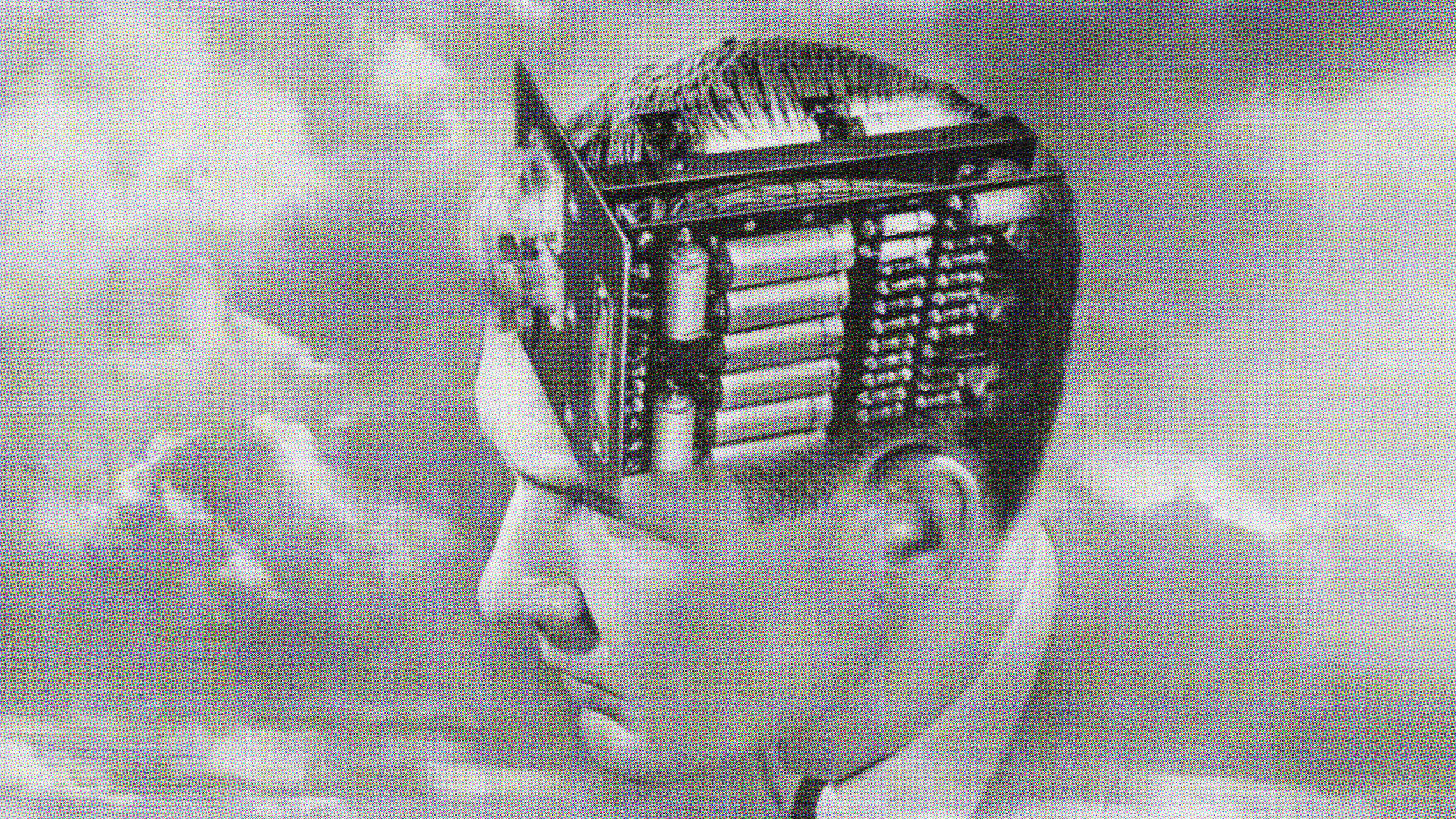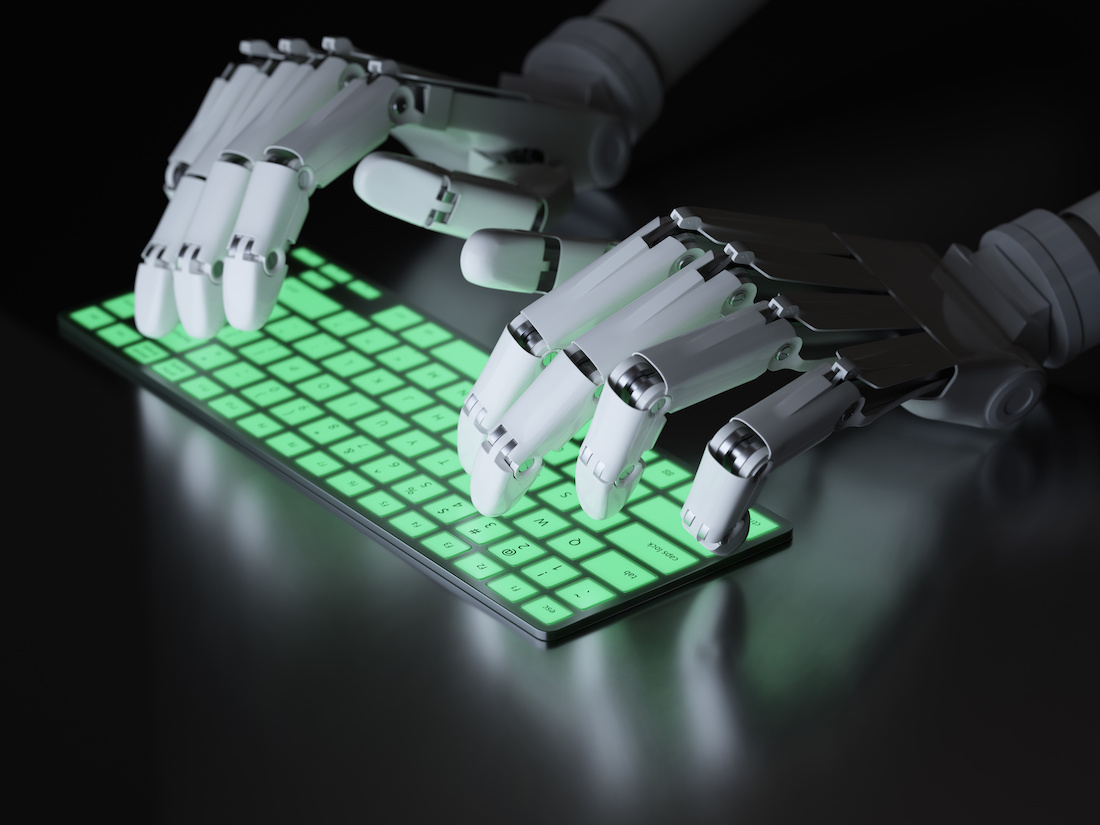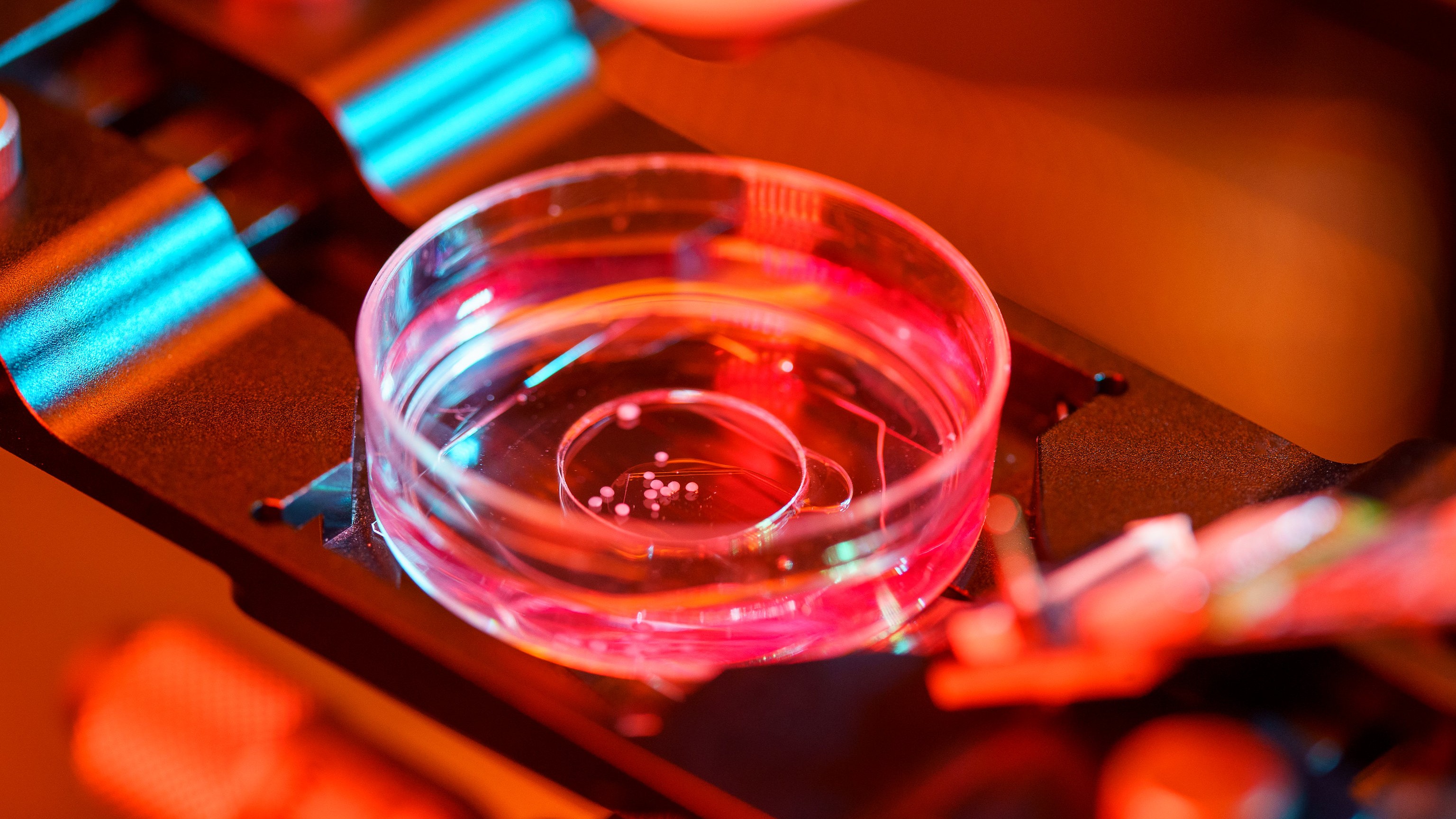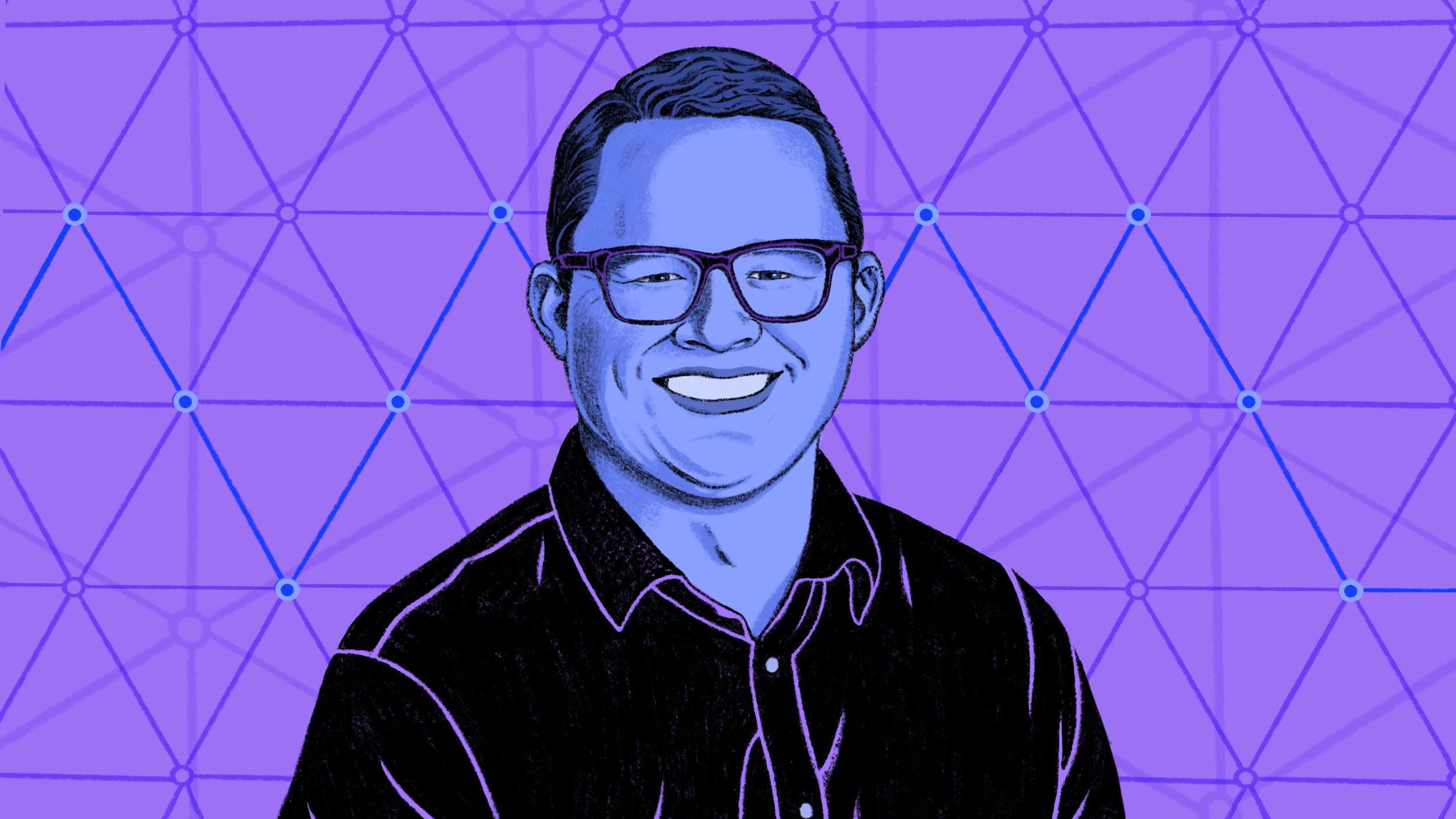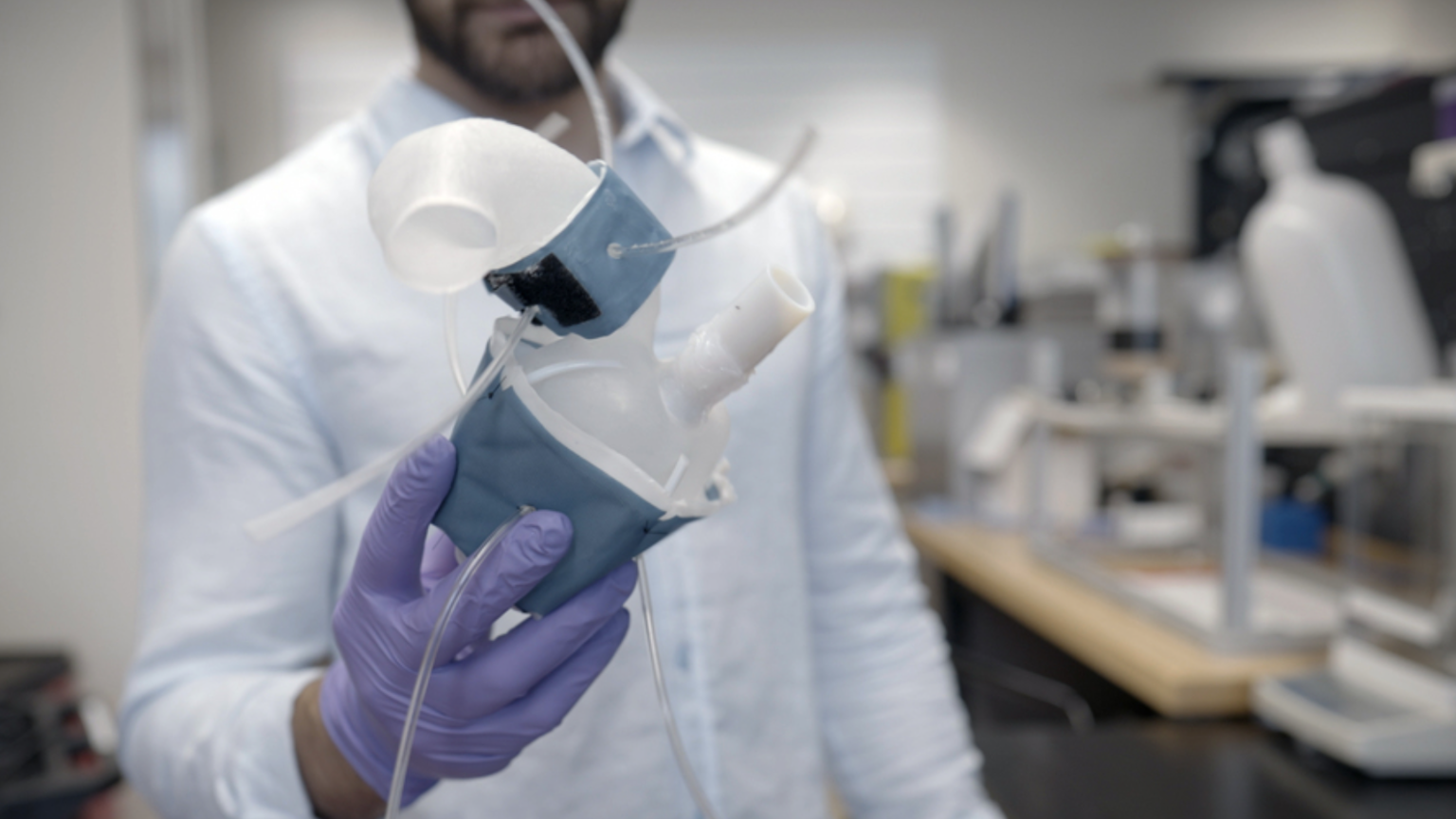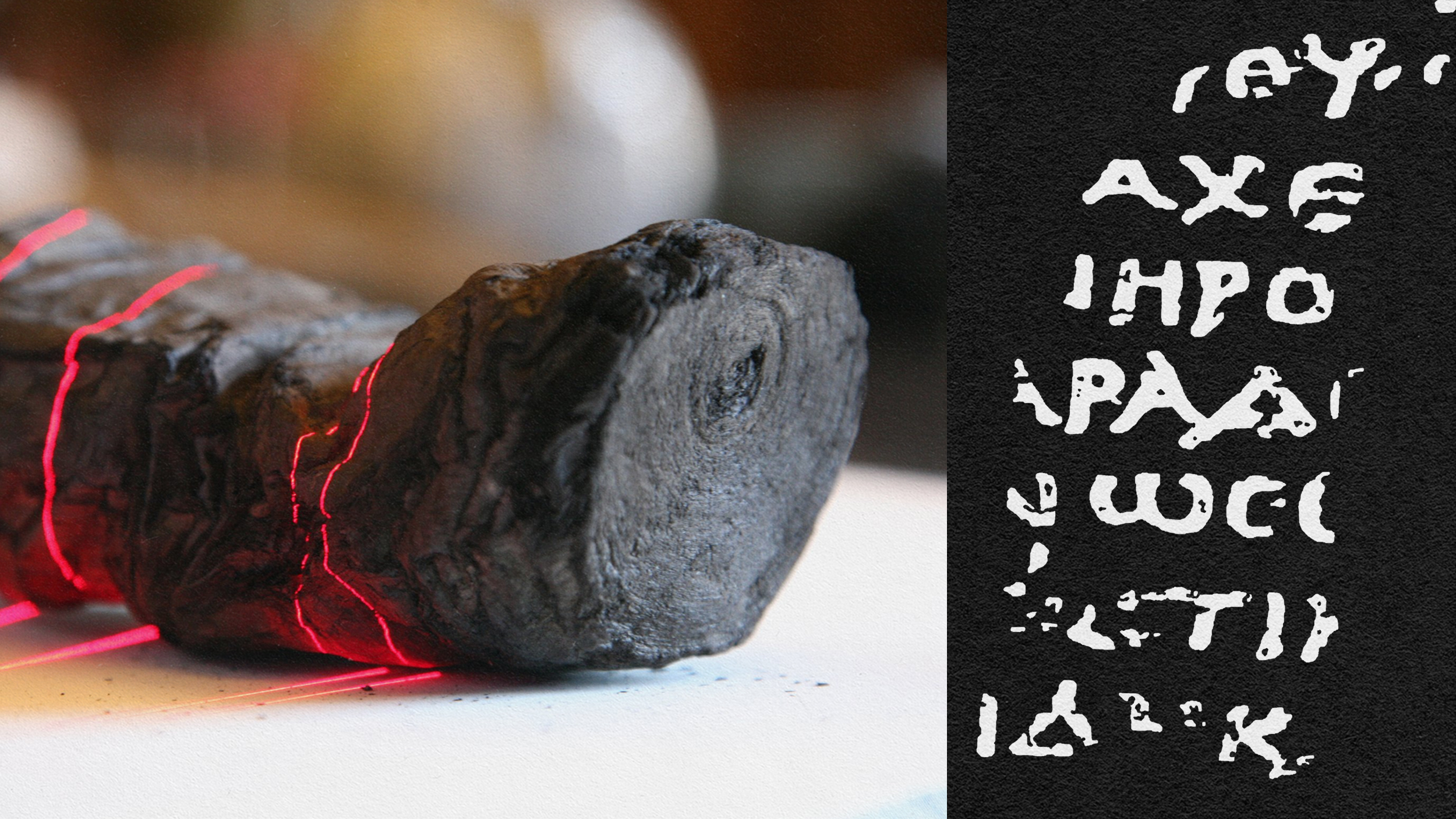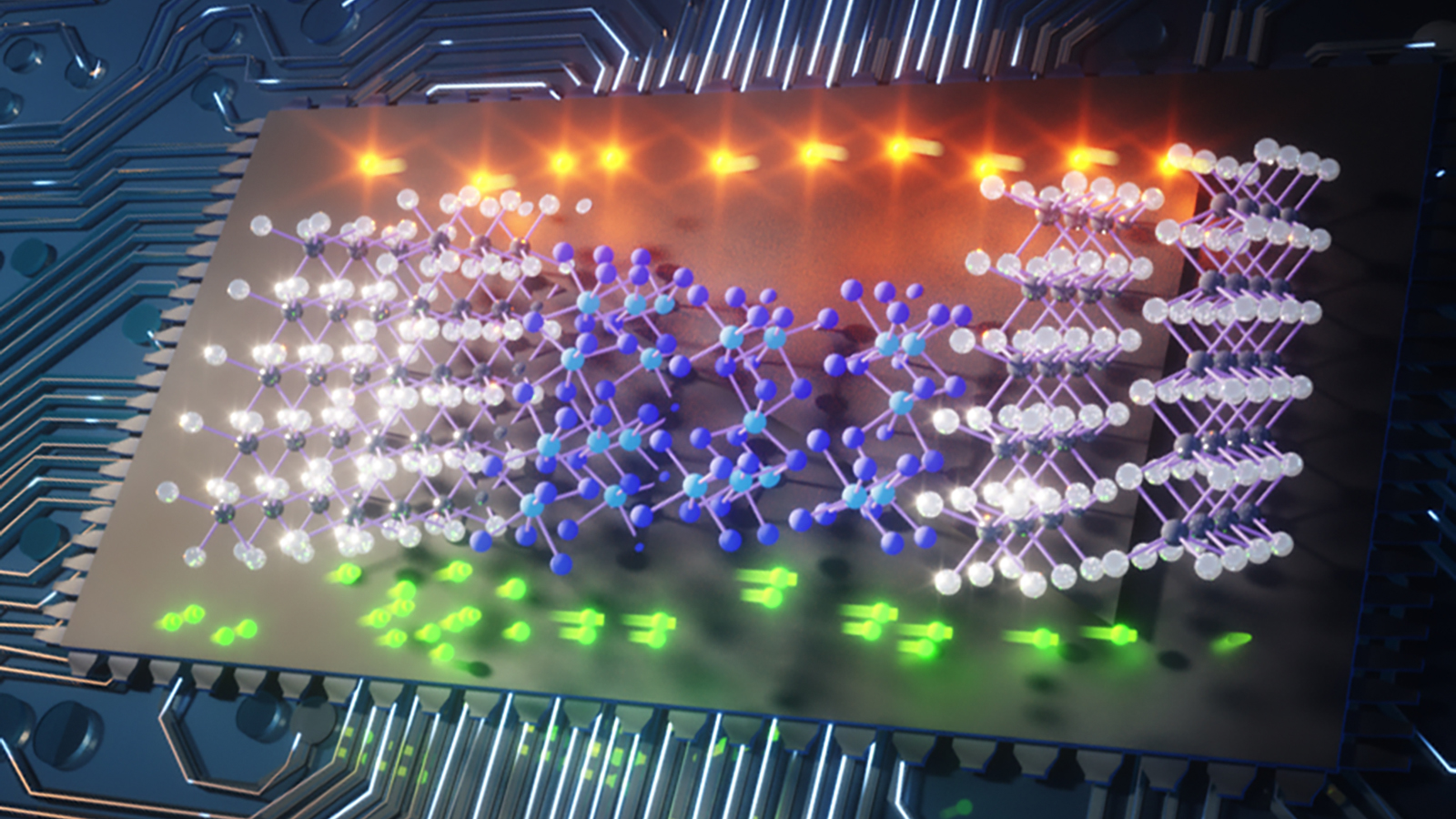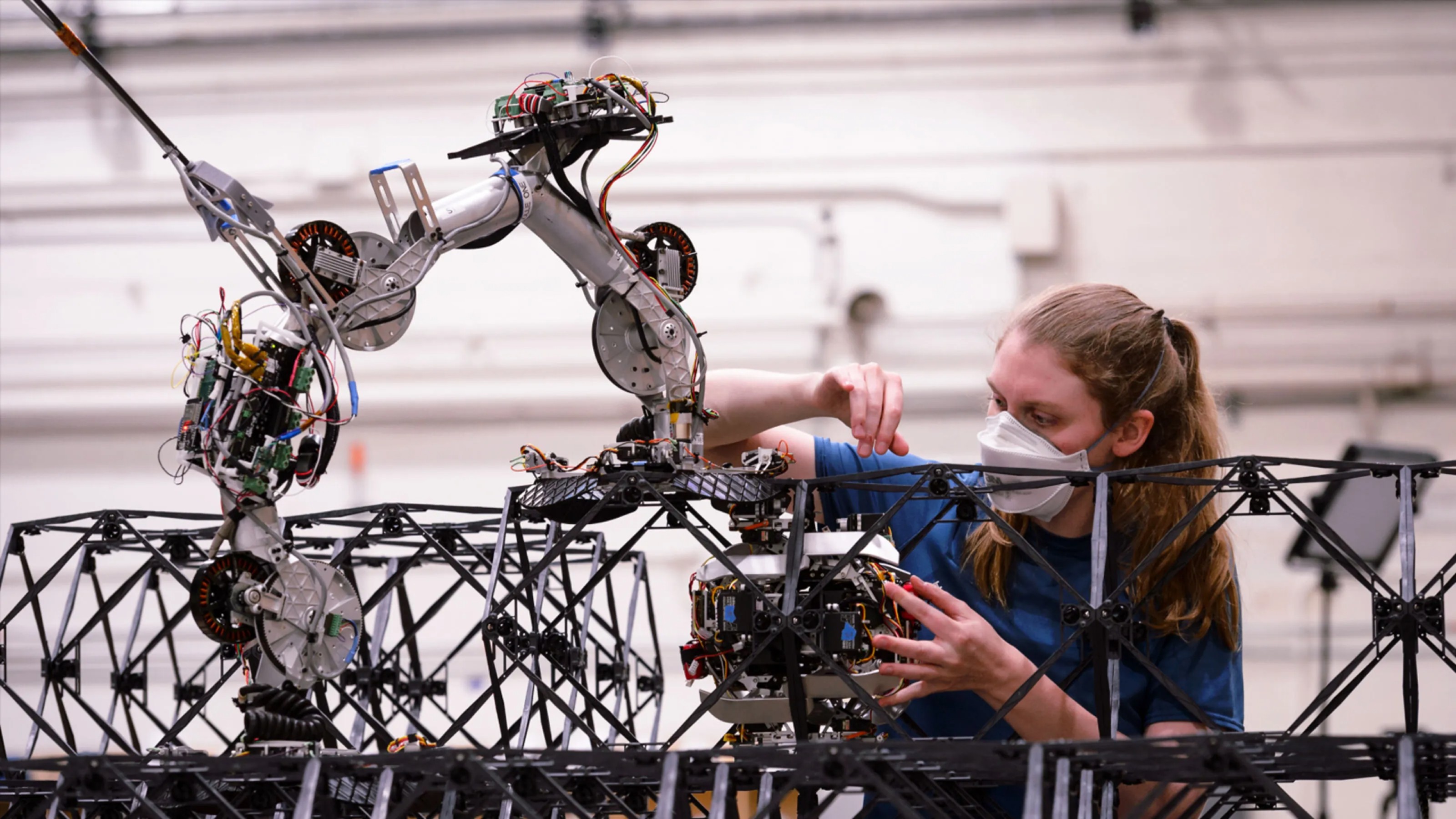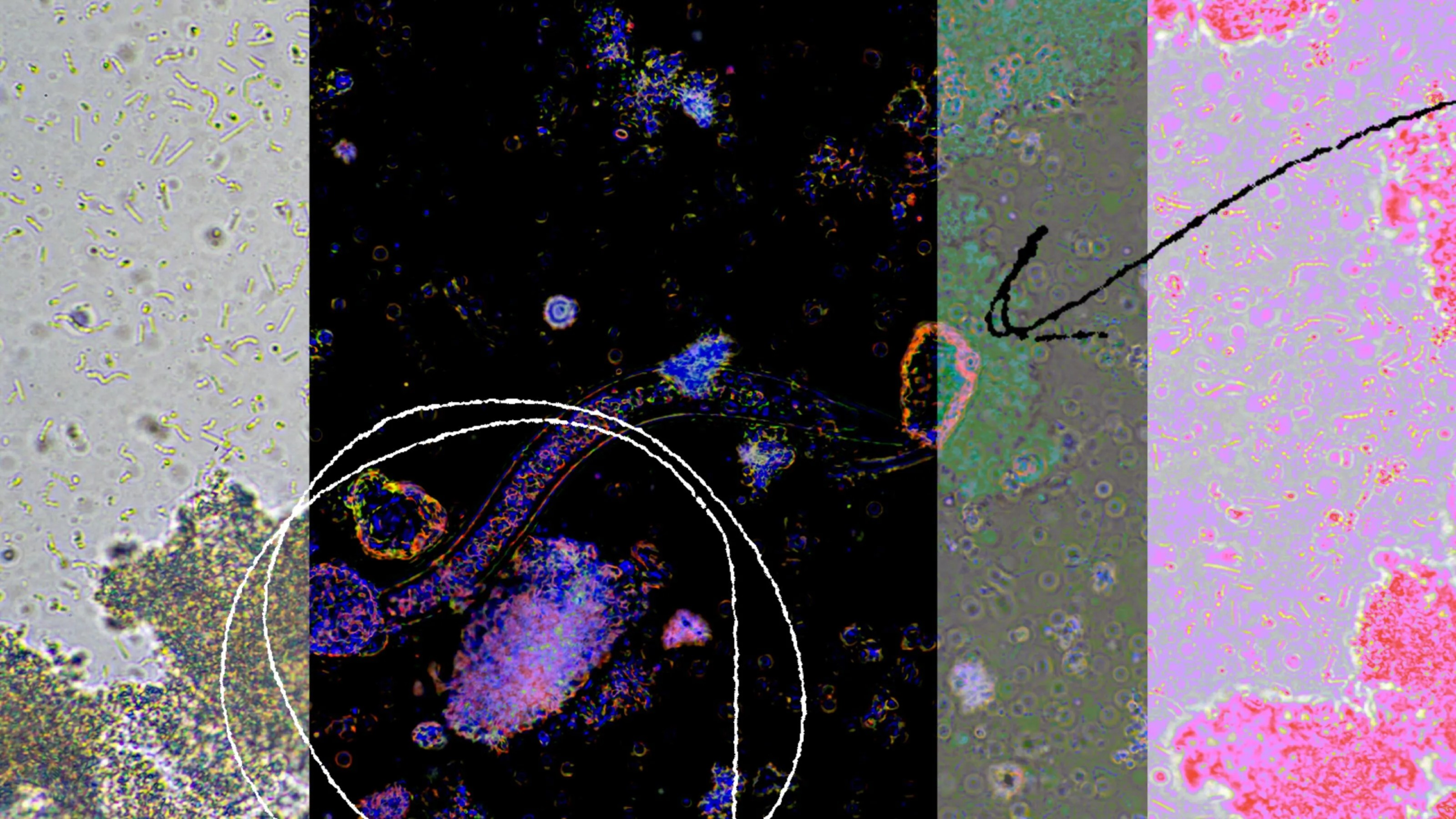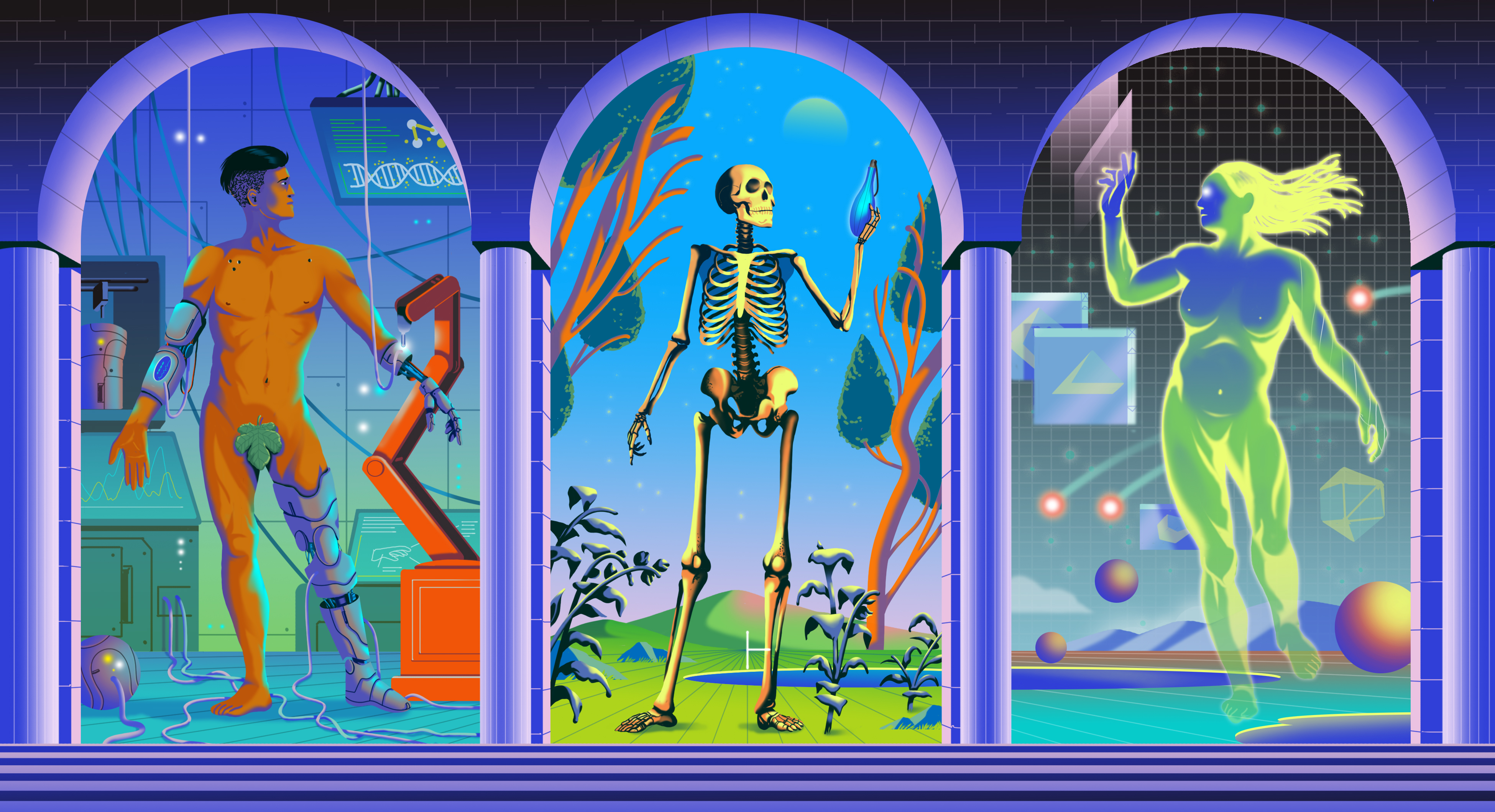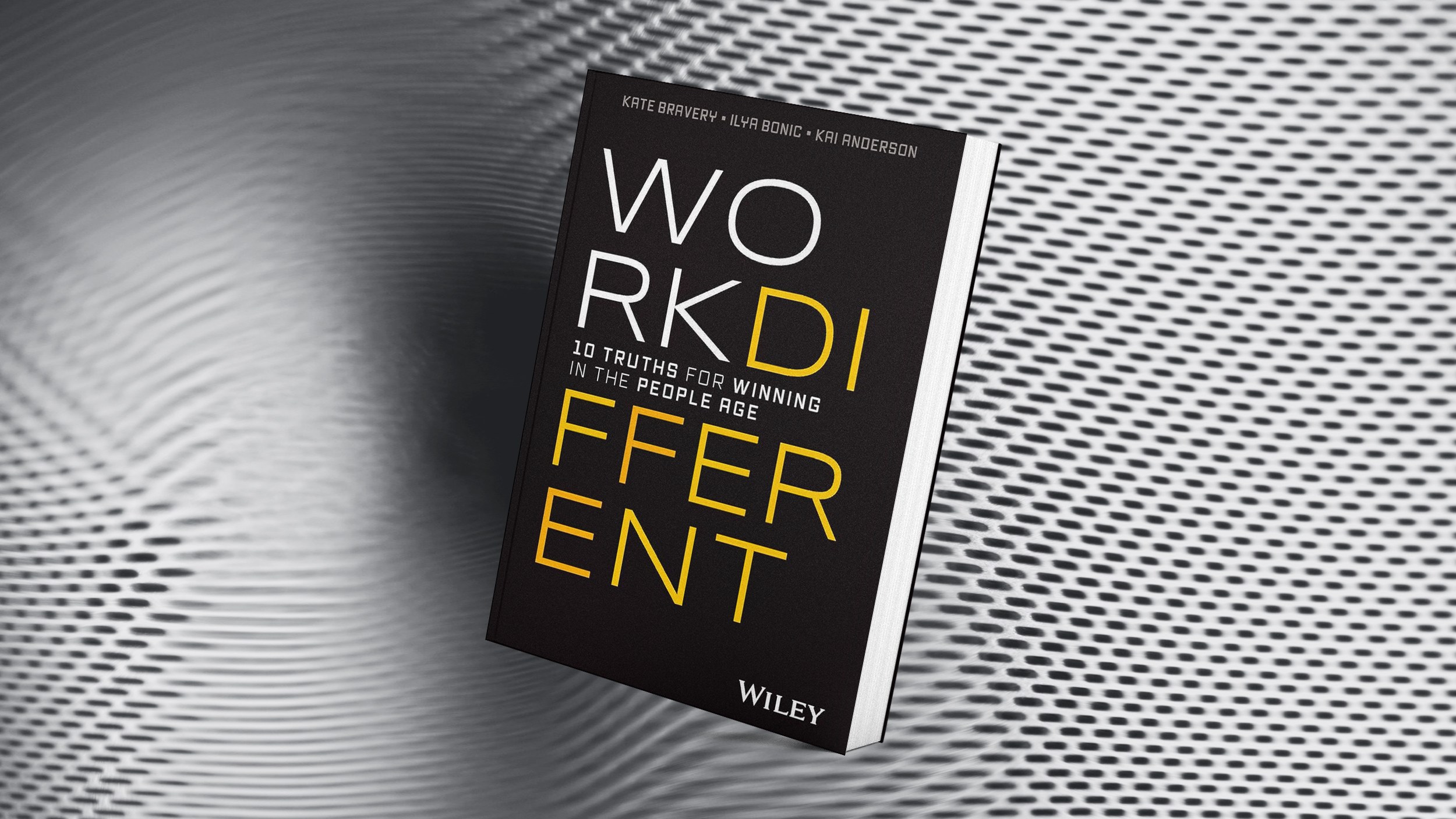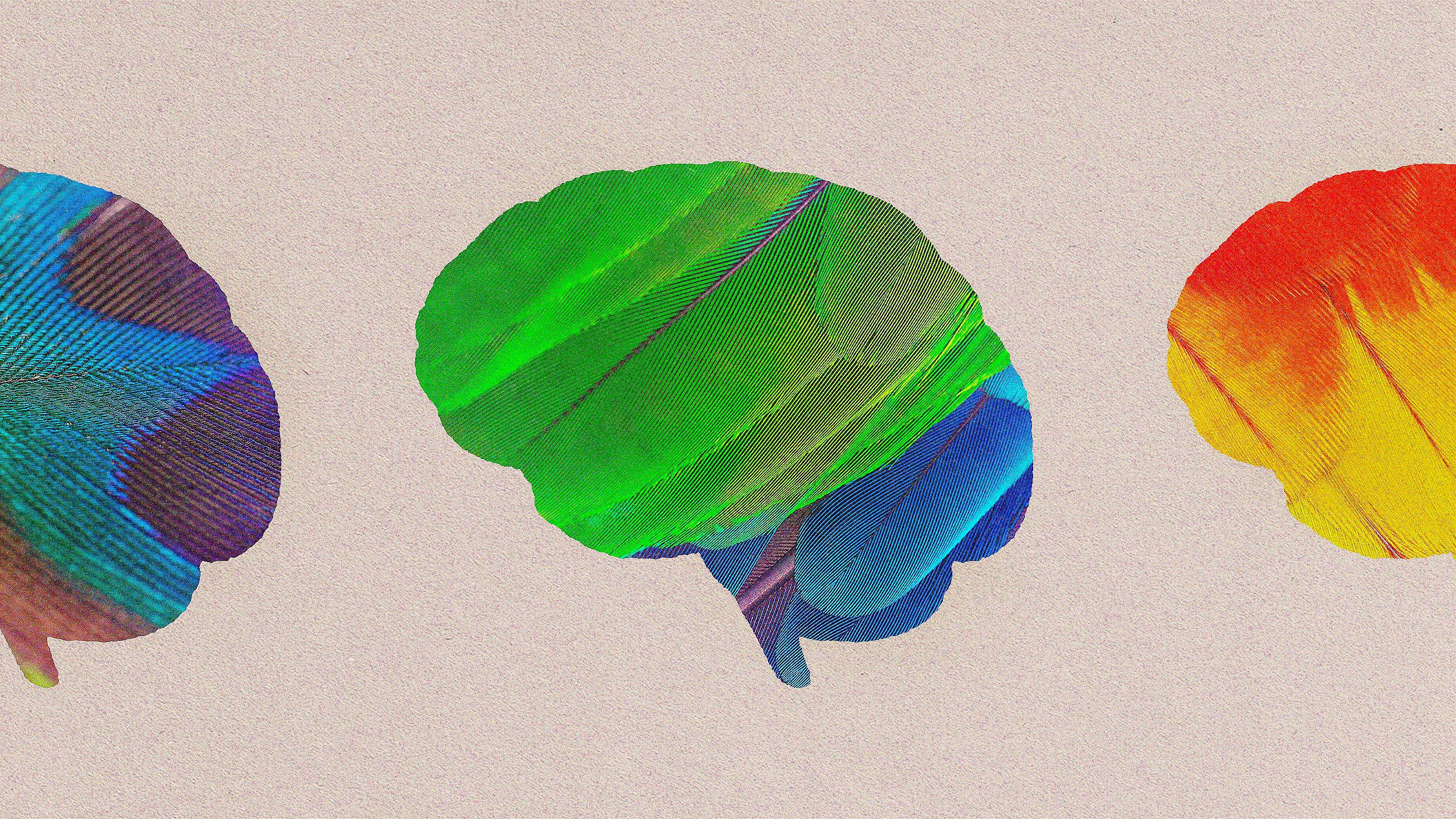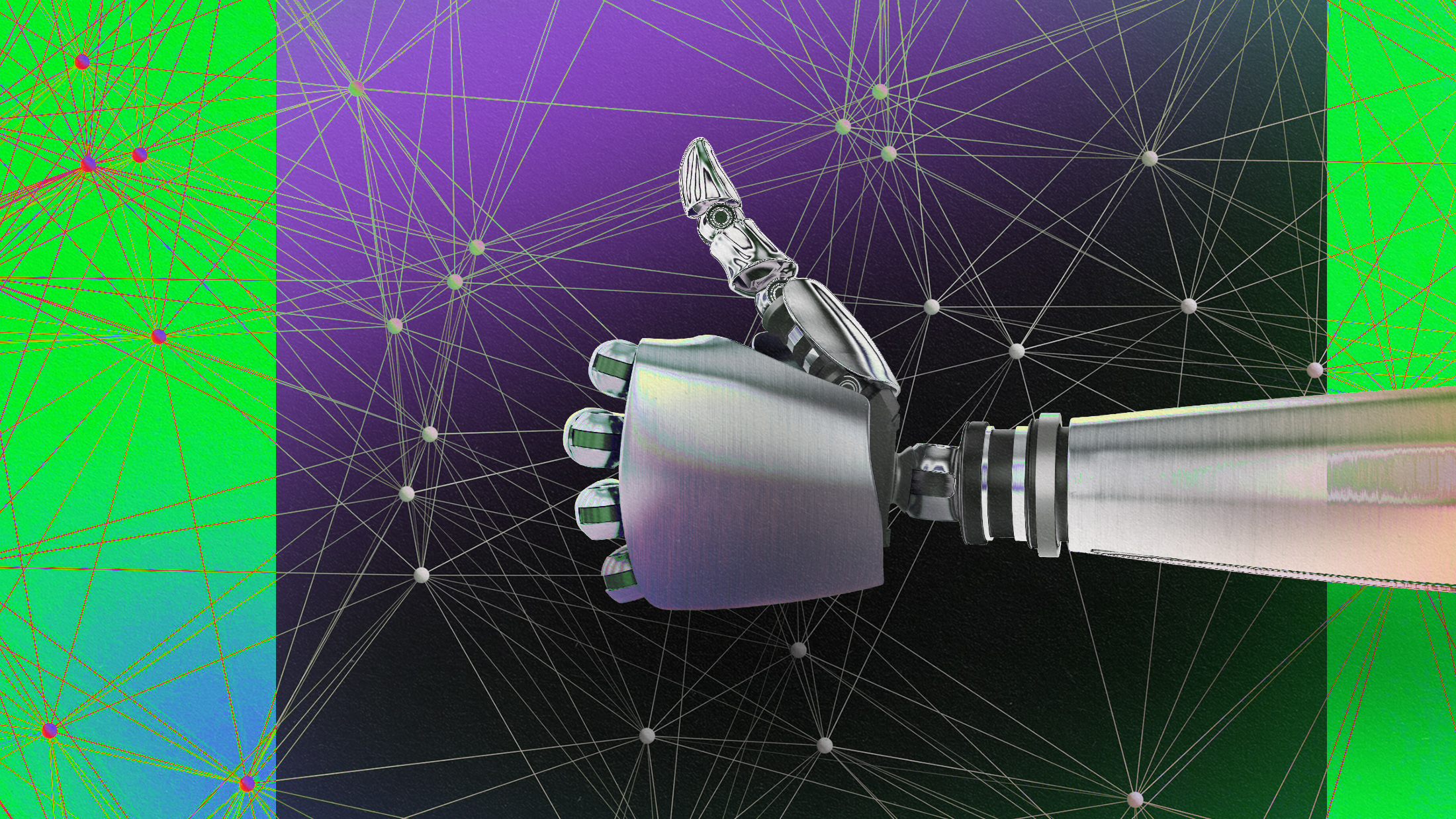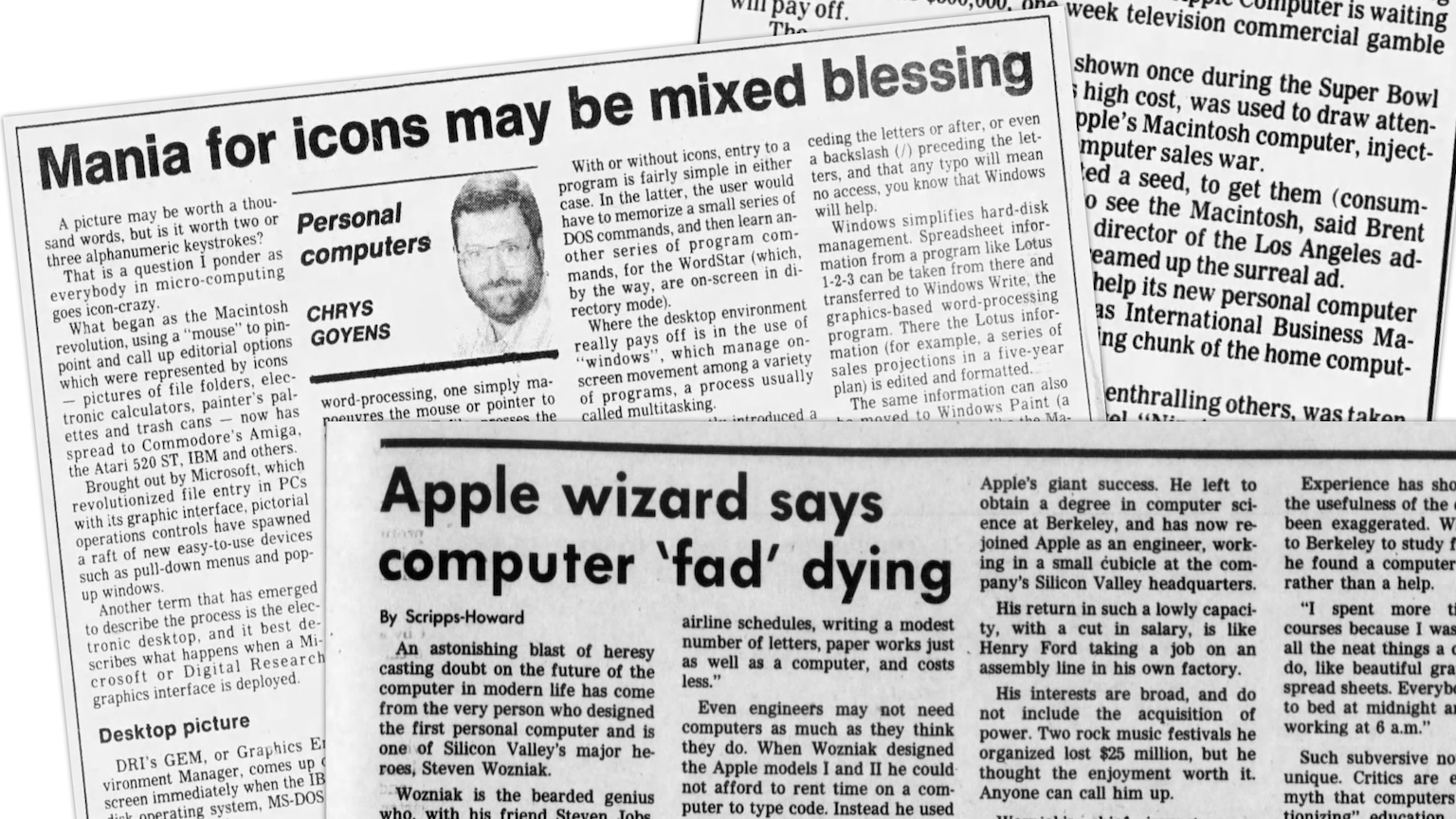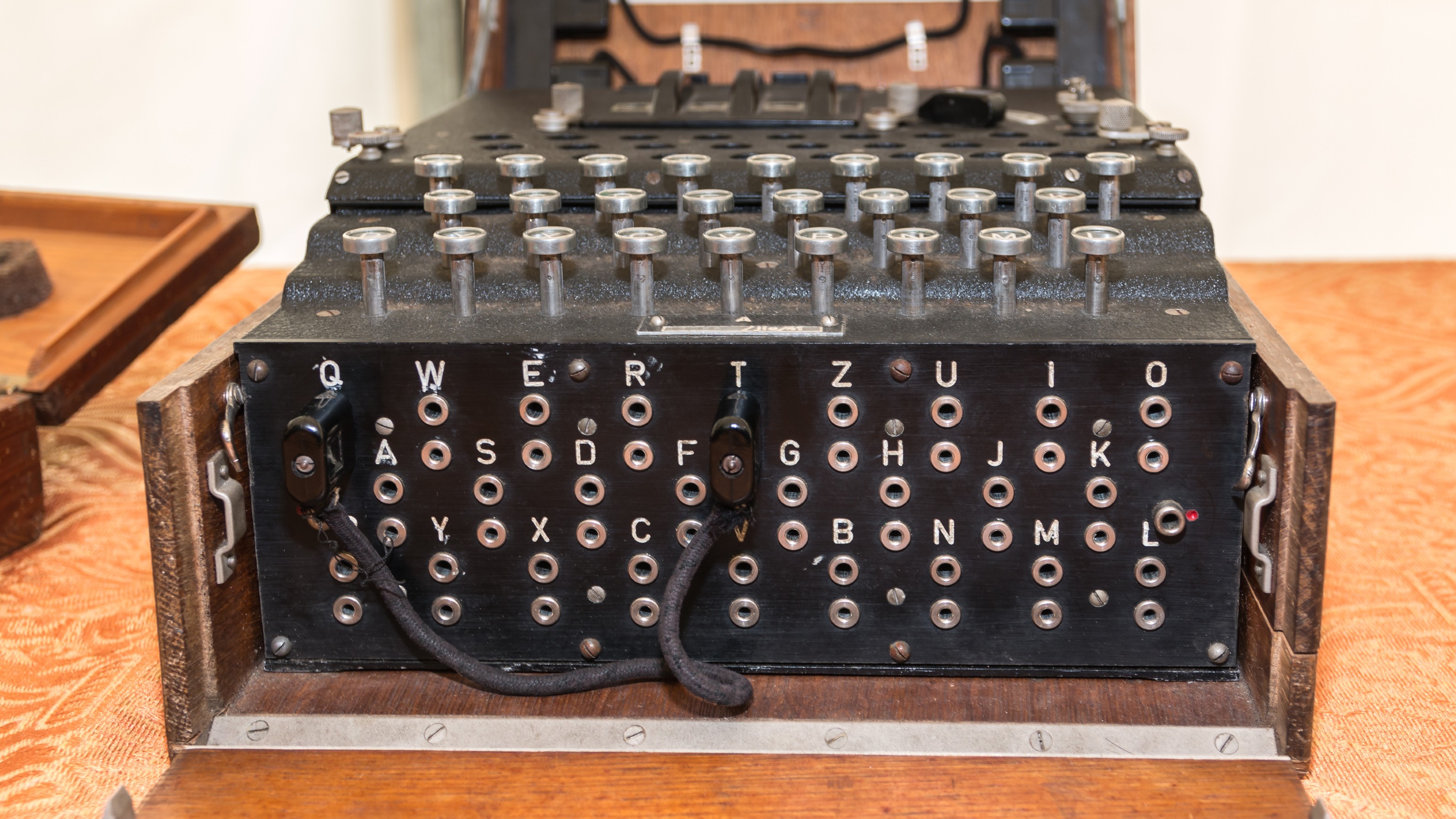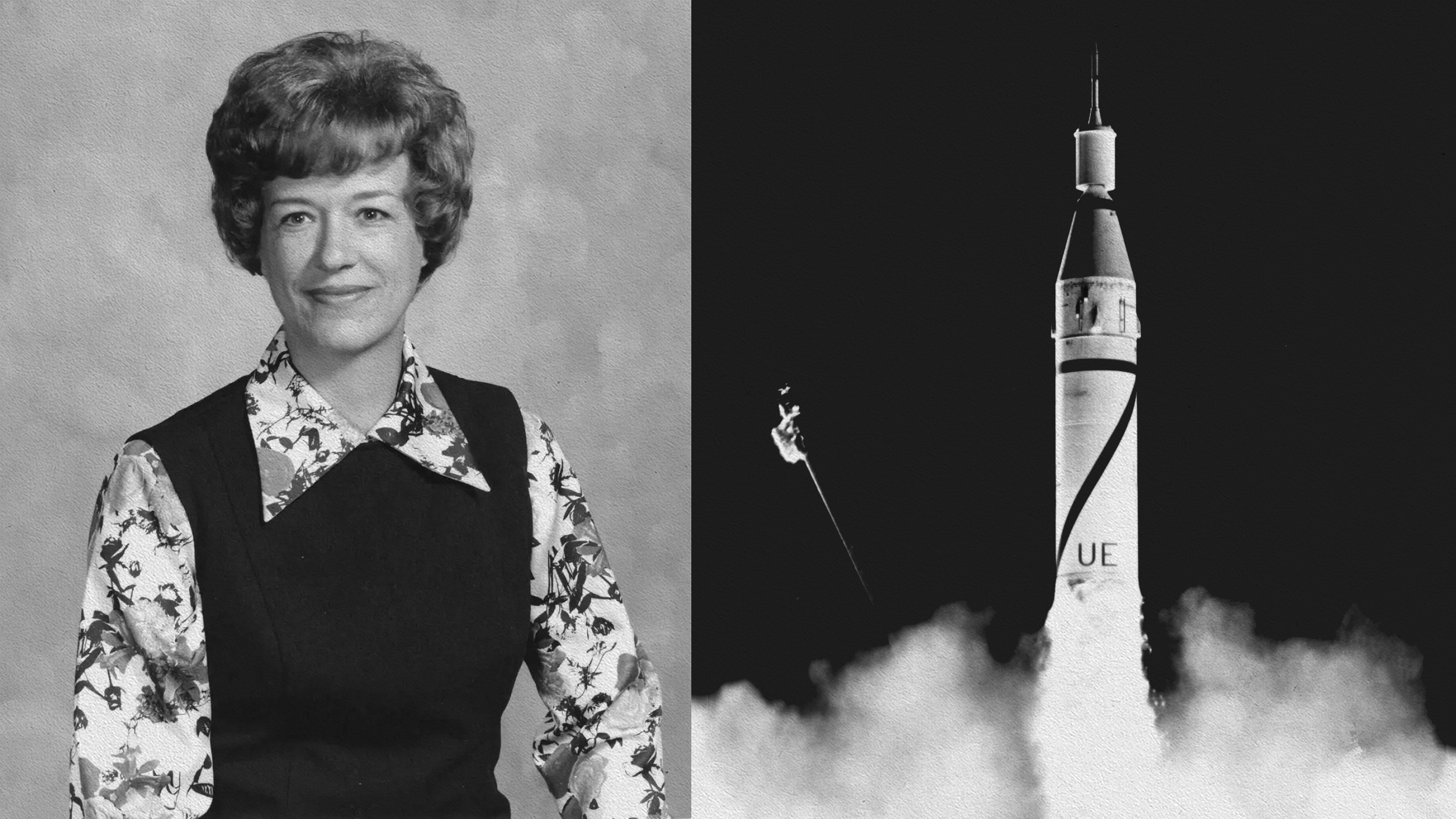Researchers use fluid dynamics to spot artificial imposter voices.
Search Results
You searched for: Computers
The danger posed by conversational AI isn’t that it can say weird or dark things; it’s personalized manipulation for nefarious purposes.
Why human attempts to mechanize logic keep breaking down.
Unfortunately, the Lunar Ark project is an idea more at home in science fiction than science fact.
New tech is a double-edged sword. Integration can be expensive and perilous: Mess up the adoption and jobs are on the line.
Our state of extreme social interconnectedness has rapidly accelerated the rollercoaster pace at which societal confidence may collapse.
These scrolls are the only remaining intact library of ancient Rome — and they will crumble at a touch.
Implanting machine components into human bodies, argues one scholar, could make for a better society.
A computer that could decidedly pass Alan Turing’s test would represent a major step toward artificial general intelligence.
Uploading your mind is not a pathway to immortality. Instead, it will create a possibly hostile digital doppelgänger.
How efficiently could quantum engines operate?
Some scientists think brain organoids could develop a form of consciousness. Others say that’s science fiction.
The technology is not a replacement for human labor — it’s a way to complement existing human tasks.
Google’s “Genie” could be used to create a wide range of interactive environments for more than just games.
The soft robotic models are patient-specific and could help clinicians zero in on the best implant for an individual.
The volcano’s historic eruption preserved an ancient library, but rendered its content illegible. A public competition aims to change that.
We will become billions of people who share a single vast intellect.
In a major advance, scientists have found a new and groundbreaking way to force electrons to flow only in one direction in a superconductor.
NASA gave three robots plans for a moon shelter, and the robots figured out how to build it.
We don’t yet know if these strange “obelisks” are helpful or harmful.
Proponents of transhumanism make big promises, such as a future in which we upload our minds into a supercomputer. But there is a fatal flaw in this argument: reductionism.
Engagement with generative AI is a business essential — but all companies should be vigilant.
Maybe bring an umbrella just in case.
The transformational change driven by AI will elevate neurodiversity inclusion as an organizational asset, argues Maureen Dunne.
How we organize all our digital stuff — from work research to side hustles to family photos — is key to our productivity.
The problem with today’s AI isn’t it thinking for itself; it’s the tech telling humans whatever we want to hear.
Is Eliezer Yudkowsky the same false prophet that Paul Ehrlich was?
Graphical user interfaces are how most of us interact with computers, from iPhones to laptops. But they were once condemned as making students lazy and destroying the art of writing.
From 260-year-old ciphers to the most recent Zodiac Killer solution, these unbreakable codes just needed time.
A woman’s name would undermine the credibility of the mission. Names of former Nazis, however, were no problem.

